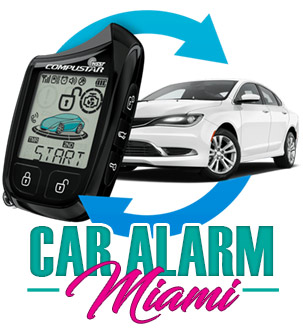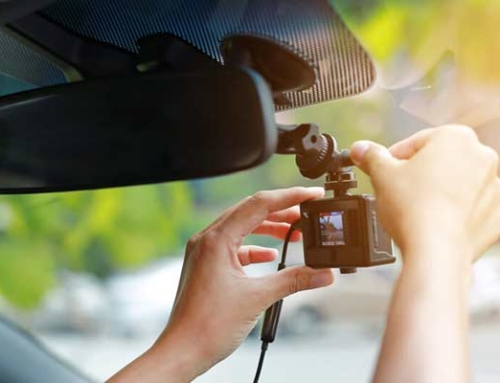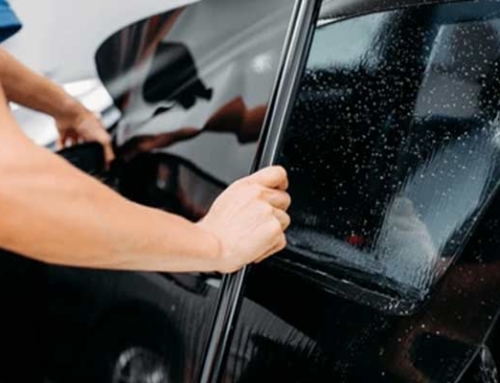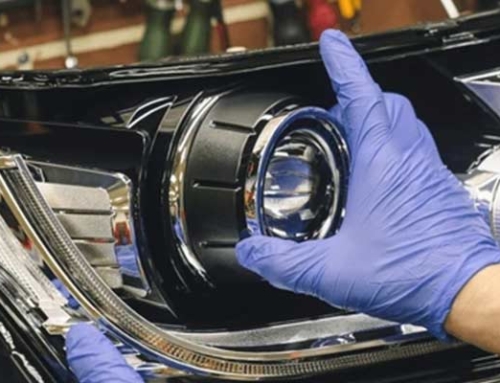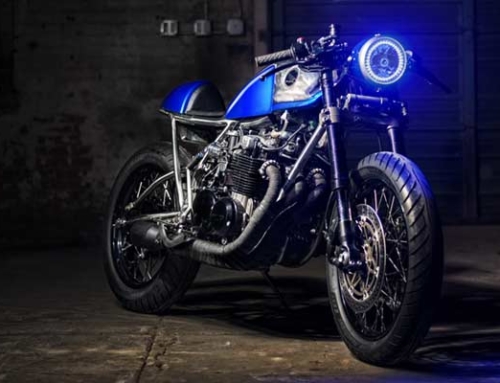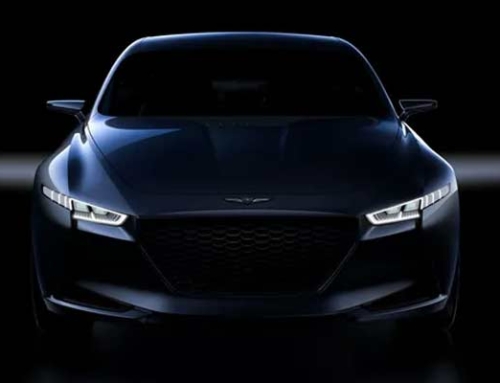
Discover how to choose the ideal backup camera for your vehicle with our comprehensive guide. Explore key features, installation tips, and more for safer driving experiences. Back-up cameras have become essential for drivers to stay safe on the road. Whether driving in busy cities or trying to park in tight spots, these cameras give you extra awareness, making accidents much less likely. But with so many options, picking the right backup camera can feel overwhelming. Don’t worry! This guide will help you determine what’s essential and choose the perfect backup camera for your car.
Understanding Your Needs
Before discussing the technical details of backup cameras, it’s essential to consider what you need. Consider your car’s size, where you usually drive, and what features are most important to you. Do you want to avoid parking in small spots? Do you tow trailers a lot? Knowing what you need will help you find the backup camera that’s just right for you.
Types of Backup Cameras
1. License Plate Cameras
These small cameras are mounted right on the frame of your license plate, making them discreet and fitting seamlessly into your car. They’re perfect for vehicles that don’t have much extra space for installing a camera.
2. Flush Mount Cameras
Flush mount cameras are installed right into the car’s body, giving them a smooth and stylish look. People like them because they blend in with the vehicle’s design and look sleek. Plus, they can be custom-fitted to match your car perfectly.
3. Surface Mount Cameras
Surface mount cameras are flexible and straightforward to install because you can stick them on different parts of your car’s exterior. They give you options for where to put them but might not blend in with the car’s design as seamlessly as other cameras.
4. OEM Integrated Cameras
Original Equipment Manufacturer (OEM) integrated cameras are installed by the manufacturer or made to fit perfectly with your car’s existing display system. They look smooth and polished, like they were always part of the car. But they might be more expensive, and you might not find as many options for them outside of what the car manufacturer offers.
Key Features to Consider
1. Resolution
When picking a backup camera, go for a high-resolution camera so the images are clear. Aim for at least 720p resolution, which gives you good detail, especially when it’s dark outside.
2. Field of View (FOV)
The wider the field of view, the more of the area the camera can see. You can try to find cameras with wide-angle lenses, preferably with a Field of View (FOV) of 120 degrees or more. This helps reduce blind spots so you can see more of what’s around your car.
3. Night Vision
Good night vision is vital for driving when it’s dark outside. Please look for backup cameras with enhanced night vision features, like infrared LEDs. These help you see even when the lighting conditions aren’t excellent.
4. Waterproof Rating
Since the camera will be mounted outside, it’s crucial that it’s waterproof to handle rain, snow, and other weather. Look for cameras with a waterproof rating of at least IP67 or higher. This ensures they can perform reliably in any weather condition.
5. Parking Lines
Some backup cameras have parking lines that help you estimate distances and maneuver better. These lines can be either static or dynamic. Static lines stay the same no matter what, while dynamic lines adjust based on how you turn the steering wheel, making them more accurate for parking and backing up.
6. Wireless Connectivity
Wireless backup cameras are great because you don’t have to deal with complicated wiring. They’re convenient and flexible. Ensure they have reliable signal transmission and don’t get too much interference so they work smoothly without hiccups.
7. Mirror Image Functionality
Some backup cameras have a mirror image function, which flips the view horizontally. It makes the display look more like what you see in your rearview mirror, making it easier to understand and maneuver your car.
Installation Considerations
Some backup cameras are made for installing yourself, but others might need a professional to help, especially if they’re more complicated. Think about how comfortable you are with messing around with car wiring, and don’t hesitate to get help if you need it. Also, make sure the camera you pick works well with the screen or system your car already has so everything fits together smoothly.
Budget and Quality
It might be tempting to choose a cheaper backup camera, but it’s really important to focus on getting a good-quality and dependable one. Look for well-known brands that make durable and reliable products, even if they cost a bit more. Remember, this is about keeping you safe while driving, so consider it an investment in your peace of mind and the quality of your driving experience for years to come.
Conclusion
To pick the best backup camera, consider what you need, look at important features, and consider how it’ll be installed. Focus on things like how clear the picture is, how much you can see, whether it works well at night, and if it’s waterproof. These factors will help you choose a backup camera that makes driving easier and safer. And remember, a good backup camera isn’t just something extra—it’s an essential tool that gives you confidence and helps you stay aware when driving.
FAQs
- Are backup cameras challenging to install?
While some are DIY-friendly, others may require professional installation, especially for integrating existing systems.
- What resolution should I look for in a backup camera?
Aim for at least 720p resolution to ensure clear image quality, particularly in low-light conditions.
- Do all backup cameras have night vision?
Not necessarily. For better visibility in darkness, please look for models with infrared LEDs or enhanced night vision capabilities.
- Can I use a backup camera while towing a trailer?
Many backup cameras offer features like adjustable parking lines, aiding in trailer maneuvering.
- Do wireless backup cameras have signal interference issues?
While rare, signal interference can occur. For seamless operation, opt for models with reliable wireless connectivity and minimal interference.
